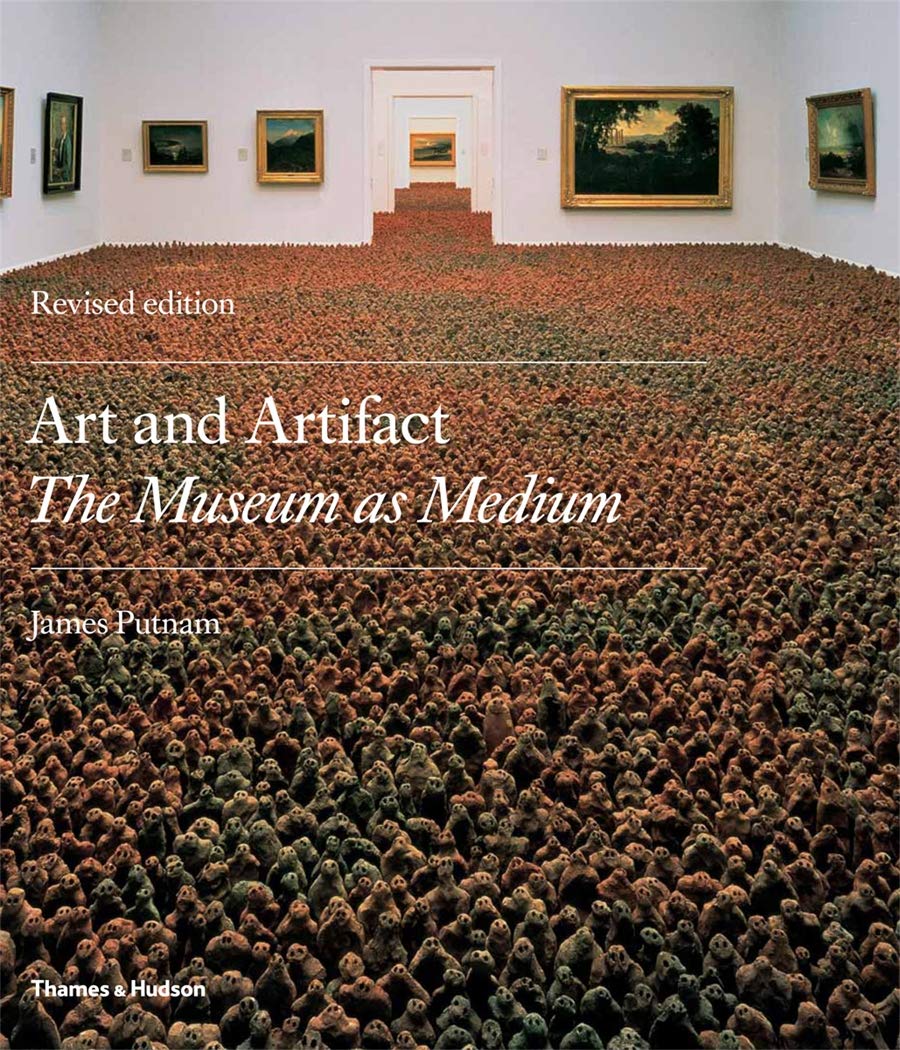About this deal
The methods used to display artist’s work has become a tool to make tactical or political statements. We accept personal cheques in British Pounds as well as direct bank payments without any commission or additional charges.
This paper was published in October 2016 as part of a Courtauld Online Books project entitled Revisiting The Monument: Fifty Years since Panofsky’s Tomb Sculpture, edited by Ann Adams and Jessica Barker. From early instances of the urge to collect exotic objects, the "cabinet of curiosities," to assemblages of found objects and imitations of museum displays, artists have often turned their attention to the ideas and systems traditionally embodied in the museumdisplay, archiving, classification, storage, curatorshipwhich they have then appropriated, mimicked, and interpreted in their own ways.
Traditional methods of taxonomy, archiving, storage, and other aspects of curatorship have been variously appropriated, mimicked or reinterpreted. The trend of using the art museum as a medium is pervasive and very prevalent in the hearts and minds of artists. It is a book concerned with complex issues that expresses them in a simple, engaging way and refrains from retreating into jargon … a rewarding exercise in the visual.
You may have access to different export options including Google Drive and Microsoft OneDrive and citation management tools like RefWorks and EasyBib. This edition includes artists’ projects that make use of grand architectural spaces within the museum, as well as those that explore off-site locations and the internet, capitalizing on the idea of the 21st-century ‘museum without walls’.The Korea Gallery at the Smthsonian's National Museum of Natural History presents Korea's millennia of history and its distinctive culture through ceramics, paintings, textiles, and sculptures, ranging from the 6th century B. artists have often turned their attention to the ideas and systems traditionally embodied in the museum display . The paper looks into the symbolic and material aspects of the tomb of John, Duke of Berry, carved over the course of the fifteenth century for the duke's Sainte-Chapelle in Bourges, as well as investigating the roles played by patronal intervention and spatial, liturgical, and performative contexts, in the creation of its appearance and meaning. Each chapter represents a cross-section through the history of tomb sculpture, examining a particular tomb, group of tombs, or theme with wider implications for our understanding of funerary monuments.
Citing a wide range of examples, from Marcel Duchamp's "Portable Museum" to Damien Hirst's distinctive use of vitrines, James Putnam examines the themes by which the artist/museum relationship is defined and redefined. Introducing Korea to a broad audience, this book also presents many previously unpublished Korean artifacts and artworks. A poor condition book can still make a good reading copy but is generally not collectible unless the item is very scarce. This collection of essays examines the great contribution made by Tomb Sculpture to the field, extends the debates begun by Panofsky, and suggests new avenues of enquiry within a rapidly expanding field. Recurring themes include monuments as sites of liminality, the reception and visibility of tombs, the relationship between corpse and monument, and the symbolic significance of materials.It also shows how artists have questioned the role of museums, observed their practices, intervened in them and helped to redefine them. Some terminology that may be used in this description includes: Poor A book with significant wear and faults. By using the Web site, you confirm that you have read, understood, and agreed to be bound by the Terms and Conditions. Citing a huge range of examples, James Putnam shows not only the ways in which artists have been influenced by museum systems and made their works into simulations of the museum, but also how they have questioned the role of museums, observed their practices, intervened in them and helped to redefine them. Citing a range of examples, James Putnam shows not only the ways in which artists have been influenced by museum systems and made their works into simulations of the museum, but also how they have questioned the role of museums, observed their practices, intervened in them and helped to redefine them.
 Great Deal
Great Deal 